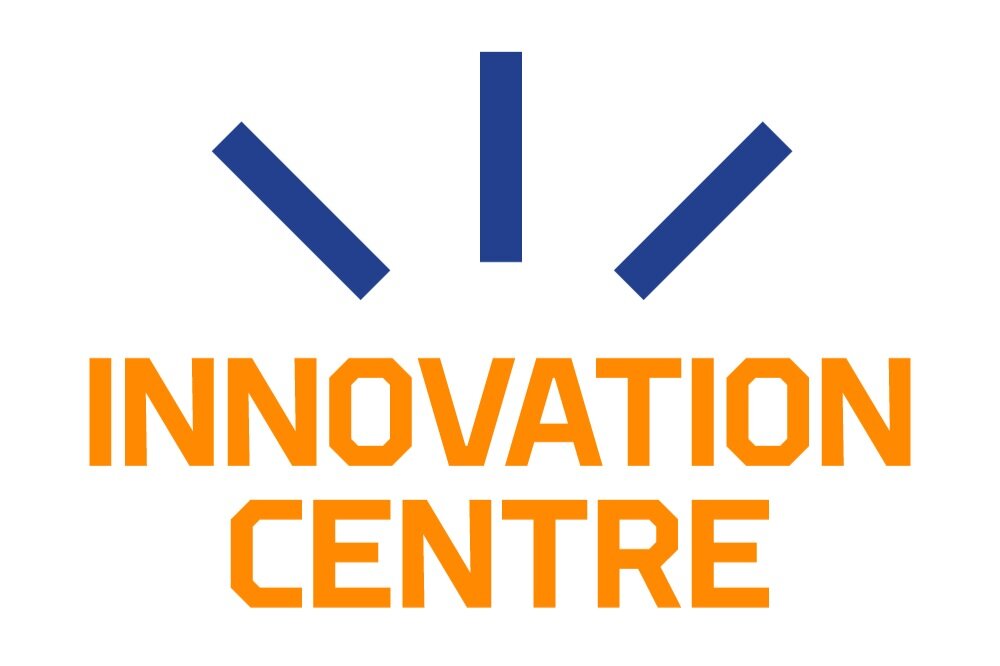One day your phone can be soft or even stretchy – elastomers bring flexible solutions to electronics
Kirjoittanut Vilma Lehto
Postdoctoral Researcher Jarkko Tolvanen developed a self-healing material using polymers. Now his purpose is to find out how the material can be used for electronics.
Could you imagine that one day our phones would be soft or even stretchy? Or that your smartwatch would rest around your wrist like an extra layer of skin you wouldn't even feel? This may be possible if it is up to Jarkko Tolvanen and Jari Juuti, who study the subject at the University of Oulu.
Elastomers are polymer-based materials with properties of enormous elasticity. They are stretchy, silicone or rubber-like materials. In addition, they can be self-healing.
At the University of Oulu, elastomers are studied by Postdoctoral Researcher Jarkko Tolvanen. In addition, Jari Juuti, Senior Research Fellow, is the second author of the project.
Originally, the idea of the duo was to make elastic, flexible sensors.
"Jari and I made long strips for sensing, which could have been wrapped around a cylinder, for example. That's where the idea came from," Tolvanen explains.
As Tolvanen worked with soft materials, he soon realized how problematic these materials can be. If there is even a small cut, the entire material can eventually tear down along it. Therefore, Tolvanen came up with the idea that self-repairing materials would be needed for the market. Ones that would even prevent the damage from progressing or repairing it themselves.
"There is also an idea behind the reliability of electronics. It should be reliable even if it is subjected to different conditions, such as temperatures,” Juuti mentions.
Elastomers can be the components of the future
Tolvanen managed to develop a self-healing material using polymers. Now his purpose is to find out how the material can be used for electronics. He examines the electrical functionality of elastomer-based materials, i.e. how they could function as electronic materials and form components.
"I have a long-term goal here that one day all electronic materials could be made based on my own material."
At the moment Tolvanen is trying to make elastomer components with different layers on top of each other. Each floor should have its own functionality. However, this means that each layer must be made compatible with the other layers. This also keeps the structure of the component elastic.
“Jarkko has done some amazing things in that he has made all the layers compatible. This means that the materials have been designed to fit together from the beginning," Juuti comments.
This sample has four different layers. In the picture, the existence of layers is revealed by a bright vertical line on the right side of the piece.
In order to make the components functional, they must also be patterned correctly. Therefore, Tolvanen also wants to investigate how functional materials made of elastomers could be patterned. When materials are first positioned correctly on top of each other and suitably patterned at specific points or layers, they form a component.
"It is not enough to have just a material, but you have to be able to make different areas or shapes of that material, such as creating patterned conductive materials. Only then will you be able to embed electronic functionality into it," Juuti elaborates.
"The idea is that the electrically conductive elastomer needs to be patterned in order to make conductive lines for a circuit or electrodes for a component. Without that you can’t make the component or circuit work. The electric current must be brought to the component or circuit somehow," Tolvanen continues.
Comfortable and unnoticeable skin extensions
Tolvanen wishes that elastomers could one day be used, for example, to measure different functions of the body. In this case, electrodes would be glued to the skin, which could be used to measure the pulse entering a particular muscle, for example. These electrodes need to be soft, comfortable and unnoticeable, feel like a second skin.
At the moment, the self-healing material may be sticky and, for example, it will remain firmly attached to the shirt if it manages to touch it. However, the properties of the materials can be regulated, for example, according to adhesion.
"For example, we can make a material that is applied to the skin so that it is sticky against the skin but non-sticky on the other side," Tolvanen says.
Tolvanen has also found that some materials seem to remember the shape for which it was made. For example, a sample made into a film shape may tend to revert back to being a film, even if it is squeezed into a ball or slit into shreds.
During his research career, Tolvanen has conducted hundreds, if not thousands, of experiments on elastomers.
"These materials are complex to study because they are not static. Anything can happen over time, and anything like temperature or humidity can affect them," Tolvanen explains.
Juuti wants to remind that the research is only just beginning.
"Through Jarkko’s work, the research has been greatly boosted. This is one of our top results and we are very proud of it."
This sample was very sticky.
Yle visited the University of Oulu last year and made a video of the elastomers. You can watch it here.
Vilma Lehto
Viestinnän harjoittelija / Communications Intern
+358 50 305 5761
vilma.lehto@oulu.fi
Blogitekstit, uutiset, sosiaalinen media, tapahtumaviestintä.
Blog posts, news, social media, events communication.





